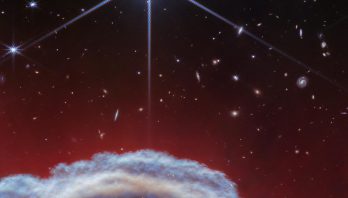
Webb Captures Top of Iconic Horsehead Nebula in Unprecedented Detail
NASA’s James Webb Space Telescope has captured the sharpest infrared images to date of a zoomed-in portion of one of ...
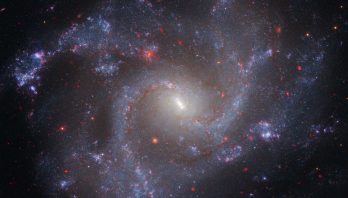
NASA’s Webb, Hubble Telescopes Affirm Universe’s Expansion Rate, Puzzle Persists
When you are trying to solve one of the biggest conundrums in cosmology, you should triple check your homework. The ...
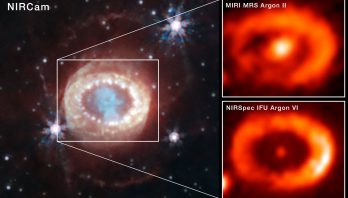
Webb Finds Evidence for Neutron Star at Heart of Young Supernova Remnant
NASA’s James Webb Space Telescope has found the best evidence yet for emission from a neutron star at the site ...
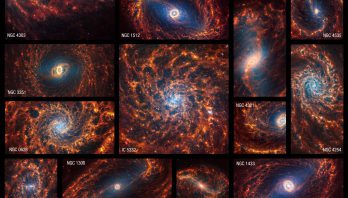
NASA’s Webb Depicts Staggering Structure in 19 Nearby Spiral Galaxies
It’s oh-so-easy to be absolutely mesmerized by these spiral galaxies. Follow their clearly defined arms, which are brimming with stars, ...
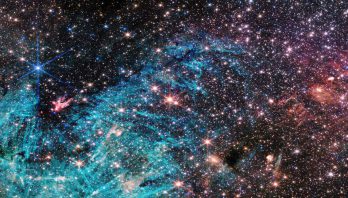
NASA’s Webb Reveals New Features in Heart of Milky Way
This image from NASA’s James Webb Space Telescope shows a portion of the dense center of our galaxy in unprecedented ...
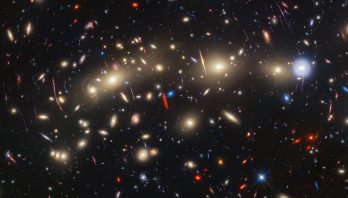
NASA’s Webb, Hubble Combine to Create Most Colorful View of Universe
NASA’s James Webb Space Telescope and Hubble Space Telescope have united to study an expansive galaxy cluster known as MACS0416 ...
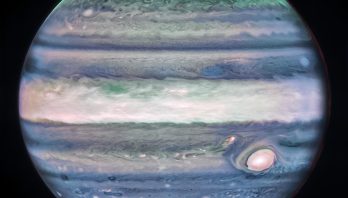
NASA’s Webb Discovers New Feature in Jupiter’s Atmosphere
NASA’s James Webb Space Telescope has discovered a new, never-before-seen feature in Jupiter’s atmosphere. The high-speed jet stream, which spans ...
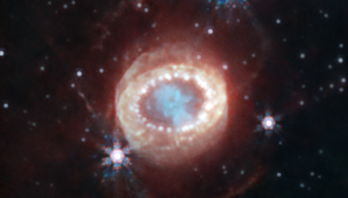
STScI: Webb Reveals New Structures Within Iconic Supernova
NASA’s James Webb Space Telescope has begun the study of one of the most renowned supernovae, SN 1987A (Supernova 1987A) ...
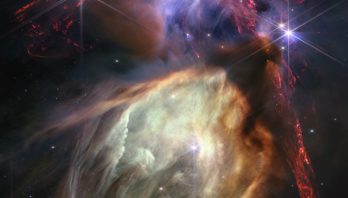
STScI: Webb Celebrates First Year of Science With Close-up on Birth of Sun-like Stars
From our cosmic backyard in the solar system to distant galaxies near the dawn of time, NASA’s James Webb Space ...
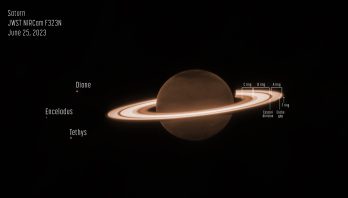
STScI: Saturn’s Rings Shine in Webb’s Observations of Ringed Planet
Saturn itself appears extremely dark at this infrared wavelength observed by the telescope, as methane gas absorbs almost all of ...
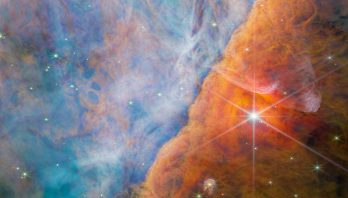
STScI: Webb Makes First Detection of Crucial Carbon Molecule
A team of international scientists has used NASA’s James Webb Space Telescope to detect a new carbon compound in space ...
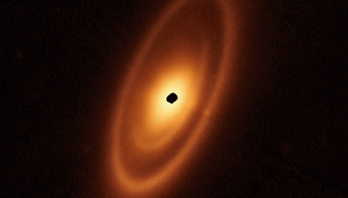
STScI: Webb Looks for Fomalhaut’s Asteroid Belt and Finds Much More
Astronomers used NASA’s James Webb Space Telescope to image the warm dust around a nearby young star, Fomalhaut, in order ...
